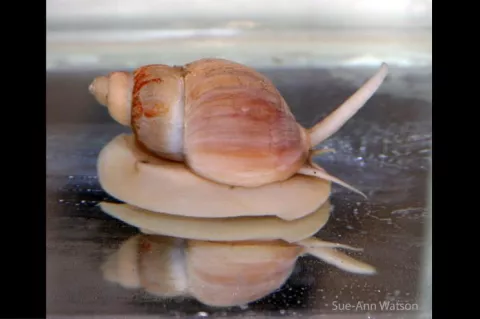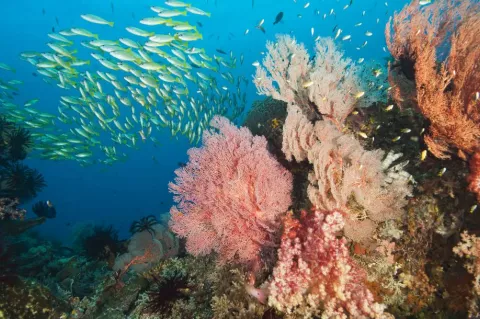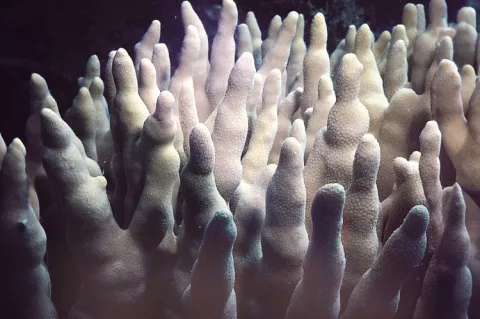Why sea shells vary in size across different regions
Seashells come in various shapes and sizes. And it appears that the seashells from the tropics tend to be larger than those found in the temperate regions.
Far from being just a coincidence, it seems that there is a rational explanation for it. Simply put, this is because the sea snails in the tropics have to devote relatively less energy to shell growth, compared to those in the cold-water regions.





